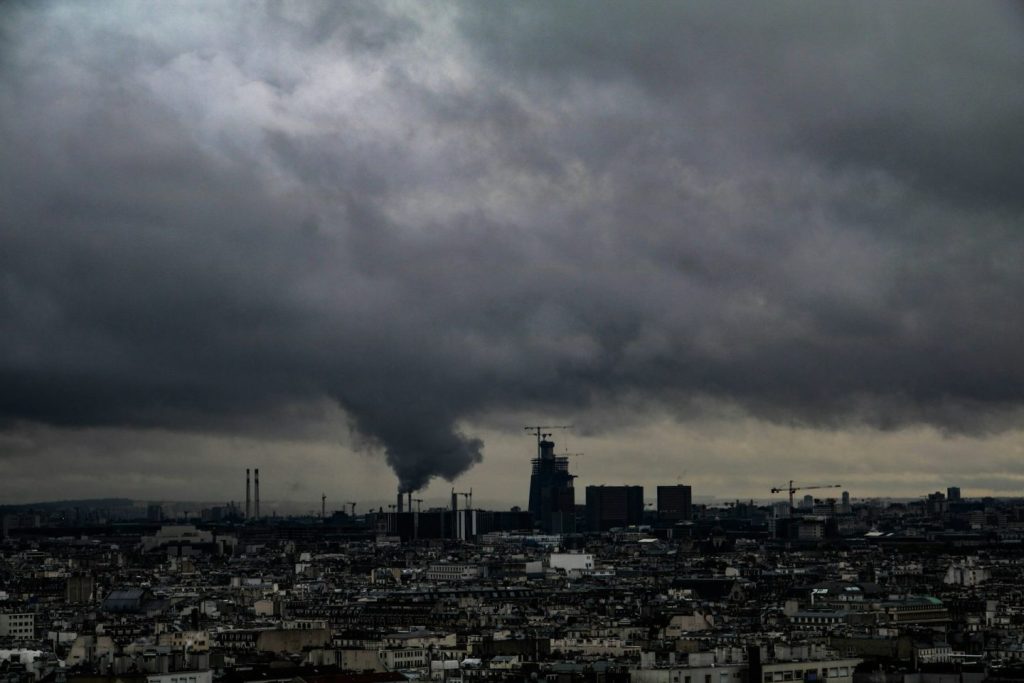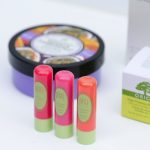Because of our mind’s brilliant defense mechanisms, you probably don’t remember every time you frowned at a traffic jam. But, unfortunately, your skin does. The gridlocked air carries exhaust and micro-particles with a barrage of stress hormones that leave their signature on every exposed inch of you. In short, it’s – among other things I’ll talk about today – how city living speeds up skin aging.
Crowded city streets are doing their best at mixing a cocktail of smoke and ozone, sprinkled with fine dust that builds up on the skin’s surface (it’s no wonder they say: better air, better skin). Ultraviolet light also adds its own invisible charge. Day after day, the epidermis keeps a record. Faint dryness after a late subway ride, uneven tone from that walk under a hazy sky. The slow etching of lines while you’re sitting through another siren-filled morning, you wish you could sleep through.
Today, dermatologists draw a clear link between pollution and premature aging; the evidence is simply too hard to ignore. So, let’s look in detail at how city living speeds up skin aging – and why skin experts take it so seriously. I’ve personally noticed how I get sore lips when I spend too much time in London, and while removing my make-up at night, I can clearly see a lot of dirt on the cotton pad compared to home.
City Life’s Toll
City residents are changing their surroundings. They do it through constant demand for energy, transport, food, and other resources. That reshaping of the landscape is what pushes harmful particles back at them.
The list is far too long to leave anyone unconcerned. Ozone leads to oxidative stress; this scrambles normal gene activity and weakens collagen. Metals found inside urban dust can injure DNA and proteins, while long-term contact with PM10 could inflame tissue and trigger enzymes that break down firmness. UVA light works with these pollutants to drain vitamins C and E from the skin and disturb vitamin D production.
Not to mention that smoking adds its own fingerprint – deep lines around the mouth and eyes. Now, sun protection solutions and quitting cigarettes do help (as I’ve mentioned a lot), but no sunscreen or honest New Year’s resolution can stop the relentless flow of city air. City air poses real risks to our bodies (and yes, you’re looking at Paris, France below).

How City Living Speeds Up Skin Aging
To get a brief mental picture of how city living speeds up skin aging, you can imagine the skin as a barrier that never clocks out.
On an everyday level, our skin is facing rush-hour fumes in the morning, and indoor office heating at midday—the dense evening air of crowded buses and cafés. Every layer of it will respond: antioxidants will deplete, collagen will lose spring, and cells – they’ll shed more slowly. Microscopic particles tend to settle on pores and stir up free radicals. They leave behind a trail of inflammation that slowly rewrites skin texture and colour. And chronic stress from noise and crowding raises cortisol. This leads to the drying of the skin and reduces its ability to rejuvenate.
Together, these forces create fine lines earlier than genetics alone would predict. The urban rhythm doesn’t allow much recovery time, so even nights of solid sleep might, at one point, begin to feel like a short, lunch-time break instead of true, honest repair.
What Skin Experts Can Do About It
Today, dermatology specialists are paying close attention to the skin’s daily battle with airborne toxins. They’re designing plans that blend medical treatments with lifestyle adjustments, so I thought it would be interesting to take a closer look at how this works.
Barrier First, Beauty Next
Dermatologists often begin with barrier care – hydration, antioxidant serums, and topical vitamins. This keeps the outer layer strong even before city-life-related skin damage has begun to set in. But for those already seeing deeper creases, professional solutions for wrinkles (such as chemical peels, lasers, meso-thread lifts, thermage for eyes and face, etc.) are quite common and will restore smoothness and help stimulate new collagen. These treatments are known to reduce marks left by pollutants and, at the same time, increase the skin’s resilience against future damage. Many clinics are pairing these procedures with follow-up sessions simply to monitor how well the skin is maintaining elasticity over time.
The Daily Battle
Another front we’ll cover is the daily cleansing and recovery. Experts recommend gentle but thorough washing. This is done to remove particles that keep generating free radicals even after you’ve left the street. Night creams with niacinamide or peptides will speed cellular turnover so that the skin can replace cells before inflammation lingers.
Many dermatologists also guide their patients on choosing sunscreens that shield against both UVA and visible light, since pollution and sunlight often magnify each other’s effects. Some of them even suggest that we use antioxidant-rich mists during long commutes or flights to keep the skin’s surface hydrated and less reactive to airborne toxins.
I’ve written a few blog posts on finding a good skincare routine that suits your skin type, which is super important as well! This should be the foundation and adding in other products comes with that.
What About Nutrition?
Yes, nutrition enters the conversation too. Nutritionists and dermatologists collaborate more than ever. Foods rich with antioxidants (berries, leafy greens, omega-3 fish) will support the body’s own defenses (omega-3s are particularly beneficial for the skin, according to a study). Experts say berries are very good for the skin.
Dermatologists will sometimes choose to combine topical treatments with oral supplements (such as vitamin C or E). They do it to replenish what city air has so unjustly stripped away from its consumers. Staying hydrated and moderating alcohol intake (I don’t drink any and I highly recommend that for youthful skin) can provide the epidermis with a better chance at holding moisture. Patients who smoke are usually urged to quit as smoking only accelerates collagen breakdown and constricts blood flow.

Getting The Message Across
Finally, let’s consider why broader advocacy matters. Some experts will encourage their patients to check pollution forecasts the same way they check UV indexes. Or they’ll suggest adjusting outdoor time or skincare routines when particles spike. While no individual can remove the entire chemical mix from the air, collective action – spreading the message, at least – can lower the burden. It can slow the visible effects on everyone’s skin. Clinics increasingly partner with local health departments, which I think is great. Together, they spread awareness and lobby for better air-quality regulations.
The Urban Skin (Conclusion)
City air will do more than leave a faint film of grime on the surface – it will change how skin ages from the inside out. Pollution, stress, crowded living – each of these issues carves its signature, and together they write wrinkles earlier than nature intended. Today, medical experts are aware that the fight for a smooth, healthy complexion begins long before the first fine line has appeared. Awareness of how city living speeds up skin aging gives people the tools to defend their skin. With the right help, you can keep your skin’s story from being written too soon.



